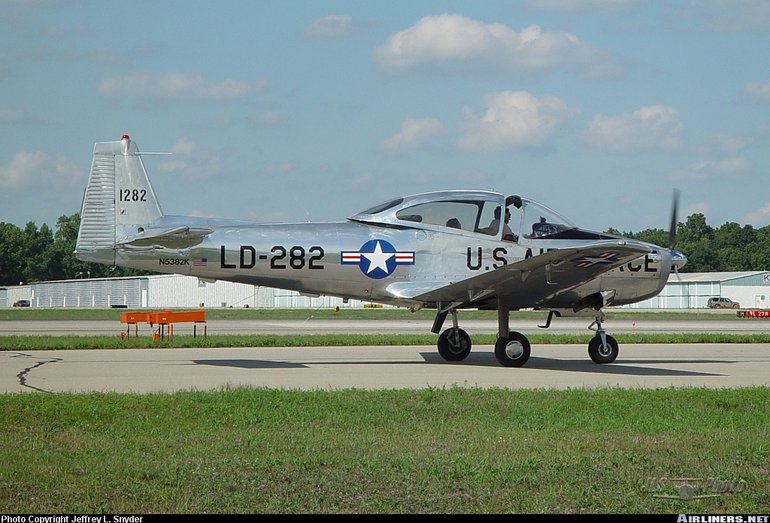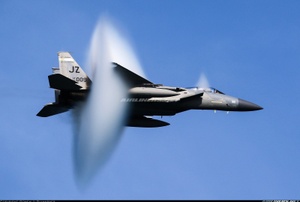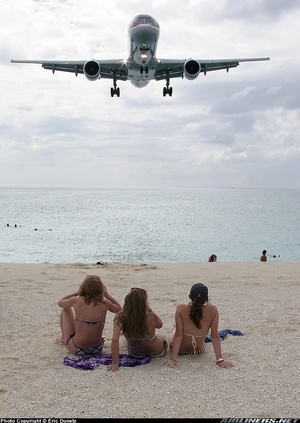North American/Ryan Navion
Details
Country of Origin
United States of America
Type
High performance four/five seat light aircraft
History
The Navion was designed in the late 1940s and built by four different companies through until the mid 1970s.
The company responsible for the original Navion was North American Aviation (famous for its WW2 P51 Mustang fighter). The end of WW2 saw massive military contracts cancelled en masse and so North American designed the original four seat NA145 to diversify out of military production. The NA145 Navion was powered by a 140kW (185hp) Continental and North American built more than 1100 in 1946 and 1947. North American also built a number of L17 observation aircraft based on the Navion for the US military.
Production and development of the Navion then transferred to Ryan. The standard Ryan production model was the Navion 205 or Navion A, which differed from the North American NA145 in that it was powered by a 155kW (205hp) Continental E185. More than 100 were built between 1948 and 1950. Ryan also built a few hundred Navion Super 260s or Navion Bs between 1950 and 1951, these aircraft were powered by a 195kW (260hp) Lycoming GO435. In addition Ryan also built almost 200 L17s (some saw military service in Korea).
The basic Navion design resurfaced in 1960 when the Navion Aircraft Company developed a five seater variant called the Rangemaster. The Rangemaster was powered by the same 195kW (260hp) Lycoming engine as the Navion Super 260, but instead of the rear sliding canopy of earlier Navions, the Rangemaster had a reprofiled, more streamlined five seat cabin. Later production Rangemasters had a smaller tail.
The Rangemaster was last built by the Navion Rangemaster Aircraft Corporation between 1974 and 1976 in improved G and H form.
Camair in the USA also converted a small number of Navions of various models to twin engine configuration, the first flew in 1953.
Powerplants
Super 260 - One 195kW (260hp) Lycoming GO435C2 flat six piston engine driving a two blade propeller. Model H - One 215kW (285hp) Continental IO520B fuel injected flat six piston engine driving a two blade constant speed McCauley prop.
Performance
Super 260 - Max speed 280km/h (151kt). Model H - Max speed 307km/h (166kt), max cruising speed at 75% power 298km/h (161kt). Initial rate of climb 1300ft/min. Service ceiling 21,500ft. Range with max fuel 2560km (1397nm).
Weights
Super 260 - Max takeoff 1293kg (2850lb). Model H - Empty 882kg (1945lb), max takeoff 1504kg (3315lb).
Dimensions
Super 260 - Wing span 10.19m (33ft 5in), length 8.38m (27ft 6in). Model H - Wing span 10.59m (34ft 9in), length 8.38m (27ft 6in), height 2.54m (8ft 4in). Wing area 17.1m2 (184.3sq ft).
Capacity
North American and Ryan Navions typically seat four, while Navion Rangemasters typically seat pilot and four passengers.
Production
Approximately 2500 aircraft of all models built, including 1100 North American NA145 Navions, 1000 Ryan built Navion 205s and 240 Super 260s, and small numbers of Rangemasters. Small numbers also converted to Twin Navions.
Related Links
North American/Ryan Navion
The backbone of this section is from the The
International Directory of Civil Aircraft by Gerard Frawley
and used with permission. To get your own copy of the book
click here.



















